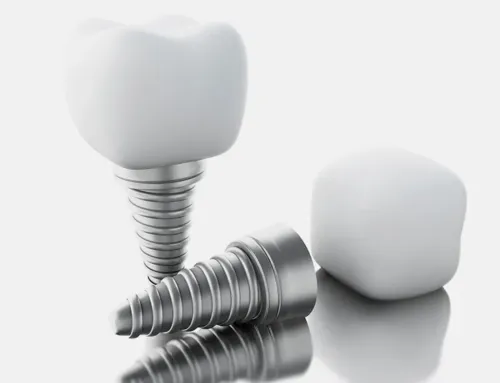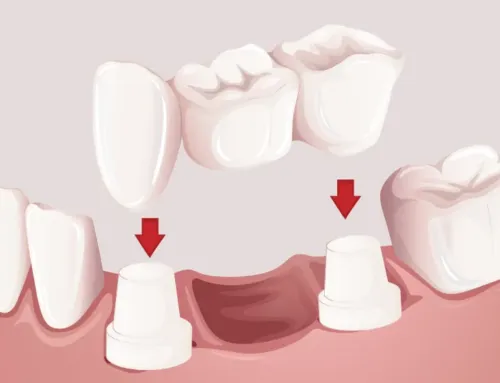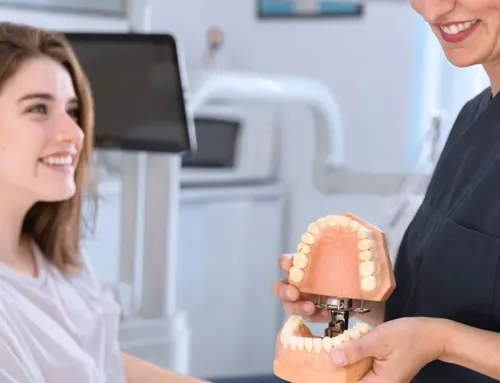Our general health greatly depends on our dental health, which is maintained through a variety of dental procedures. Dental crowns are one such frequent operation. Dental crowns are adaptable restorative materials that can solve many problems, from structural damage to aesthetic issues. Here Crowns Dentist in Broadlands will explain dental crowns, including what they are, how they function, and when you might need one to protect and improve oral health.
What Are Dental Crowns?
A dental crown, commonly known as a dental cap, is an individually constructed replacement that “caps” a broken tooth. It has both functional and aesthetic advantages and resembles the natural size, shape, and color of your teeth. Most dental crowns are made of porcelain, ceramic, metal alloys, or a combination of these materials.
When Are Dental Crowns Needed?
To Restore Damaged Teeth: Dental crowns can restore teeth if you have considerable structural damage due to decay, fractures, or trauma. When a tooth has sustained significant damage and a standard filling is insufficient, a crown can offer the support and security required.
After Root Canal Treatment: The tooth may become more brittle due to the internal pulp being removed. The treated tooth can continue to function by placing a crown to help prevent fractures and strengthen it.
To Support Dental Bridges: Dental bridges can fill in the gaps left by lost teeth. To support the bridge and guarantee a tight fit, crowns are placed on nearby healthy teeth.
For Cosmetic Enhancement: Dental crowns are also used for aesthetic purposes to improve their appearance. Crowns can enhance the look of your teeth and provide a more aesthetically pleasing smile if they are uneven, discolored, or improperly aligned.
To Protect Weak Teeth: Fractures can occur in teeth that have been made weaker by massive fillings or severe wear. Such teeth receive additional protection when a crown is placed over them, stopping further deterioration and extending their life.
Large Fillings: A crown covering the tooth reduces the possibility of breakage or cracks and helps maintain its structural integrity, and gives support to large fillings.
For dental implants: Crowns are frequently affixed over the dental implants, which can replace missing teeth. This crown can serve as the implant’s visible, usable portion, restoring appearance and functionality.
The Procedure for Getting Dental Crowns
The following steps are commonly involved in receiving a dental crown:
Exam and consultation: Your dentist will evaluate the tooth and examine your alternatives. X-rays are taken to assess the tooth’s condition and establish whether a crown is appropriate.
Tooth Preparation: The tooth that will get a crown is modified to make room for the crown to fit snugly. All decayed or damaged areas are eliminated.
Impression: To achieve a precise fit an impression of the prepared tooth is obtained and delivered to a dental lab, which will create the crown.
Temporary Crown: A temporary crown can cover the prepared tooth while the permanent crown is being produced.
Crown Placement: The permanent crown is affixed to the prepared tooth once it is complete. Before the crowns are bonded, the fit and appearance are examined.
Final adjustments: To guarantee perfect bite alignment and comfort, the Crowns Dentist in Broadlands makes any necessary modifications.
Restoring Your Smile’s Health And Beauty
Dental crowns are adaptable restorations that can be used for functional and aesthetic reasons. They serve a critical role in maintaining and boosting oral health by repairing broken teeth and brightening smiles. To have a healthy and confident smile if you have a compromised or broken tooth, talk to your dentist at Broadlands Family Dentistry in Broadlands to see if a dental crown is the best option.






Leave A Comment